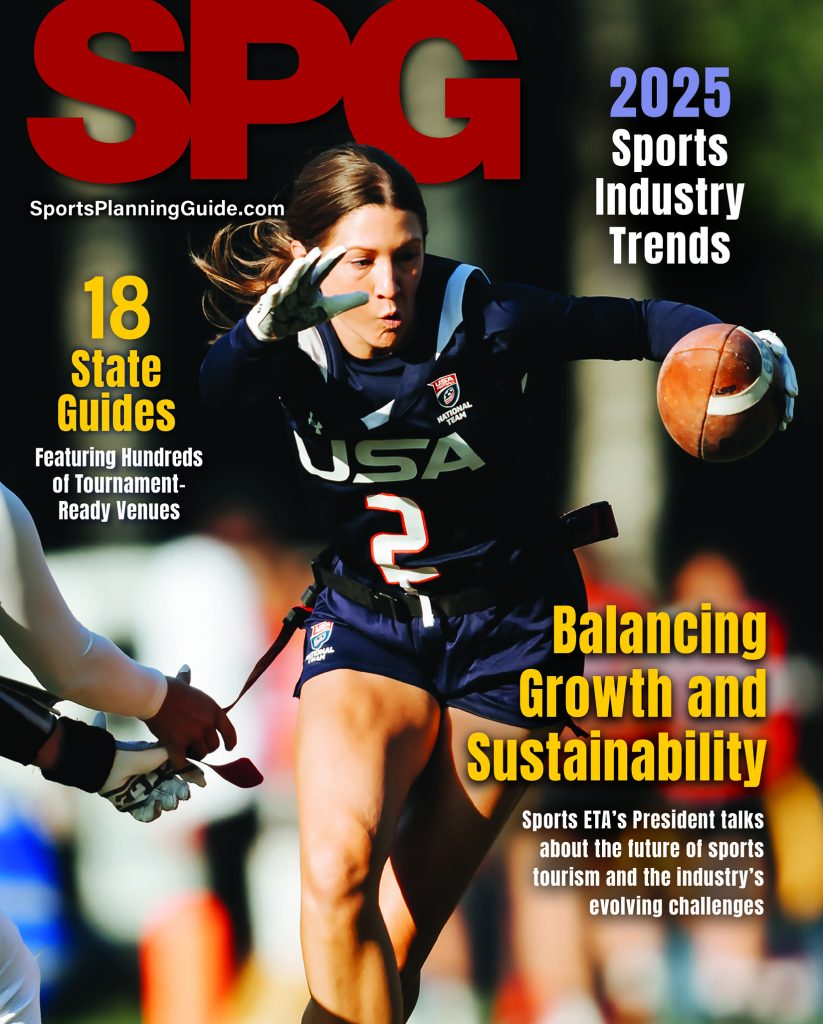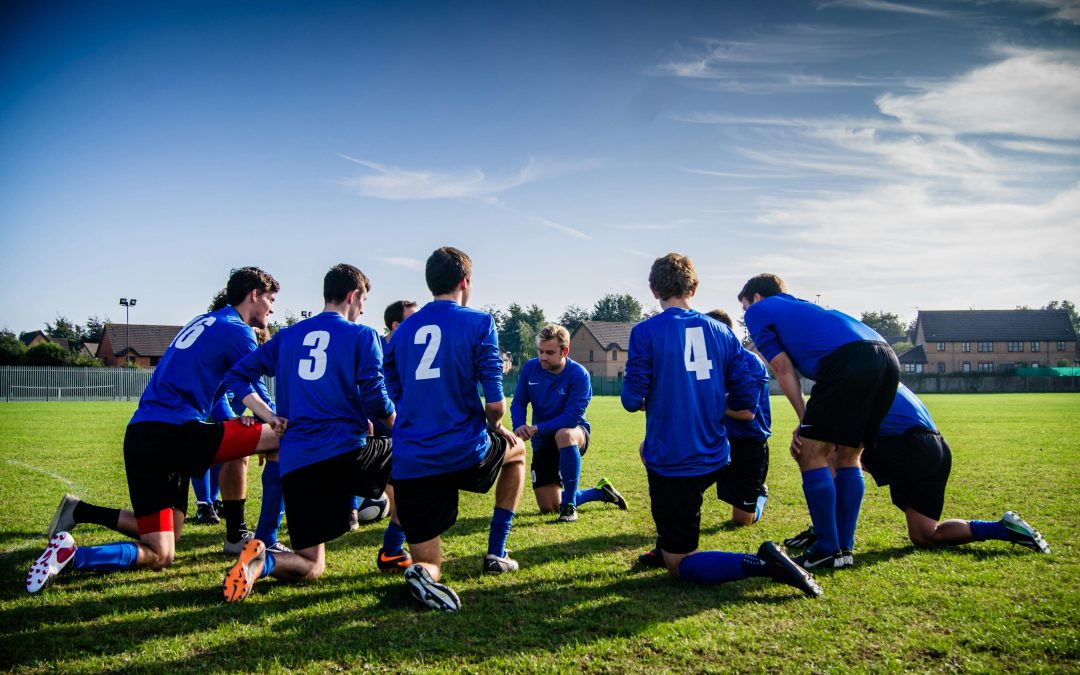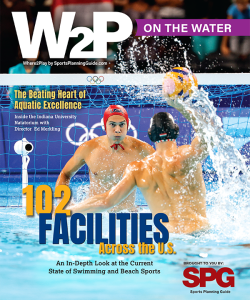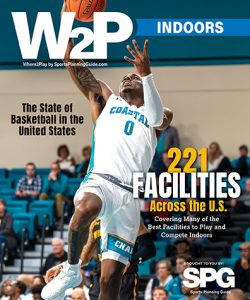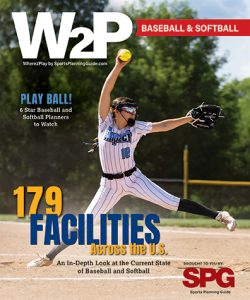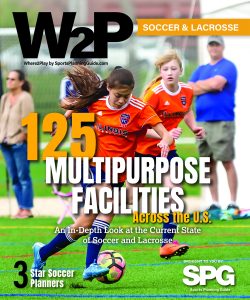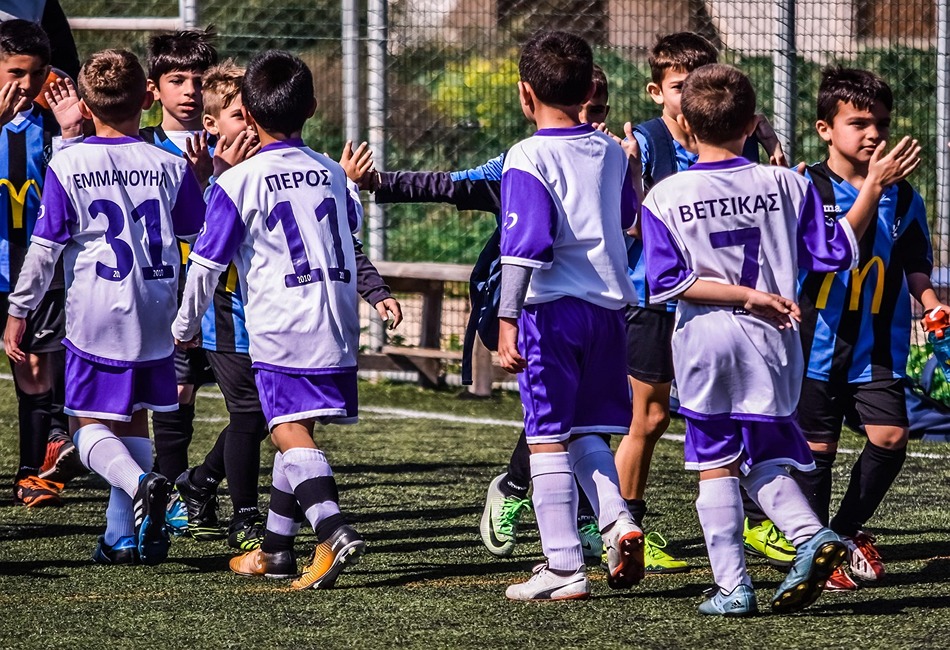
When it comes to sports tourism, Destination Marketing Organizations (DMOs) and Parks & Recreation Departments are like two star players on the same team who sometimes forget they’re playing for the same goal: making their community stronger, more vibrant, and economically thriving. While they approach their missions from different angles—DMOs focus on attracting visitors, and Parks & Rec Departments prioritize serving local residents—their objectives align when it comes to sports. A well-planned, well-maintained sports infrastructure doesn’t just benefit the community; it makes the area a prime destination for traveling teams, tournaments and events.
So how can these two entities better play together? By focusing on collaboration, strategic planning, and shared goals, they can create a winning game plan that benefits everyone.
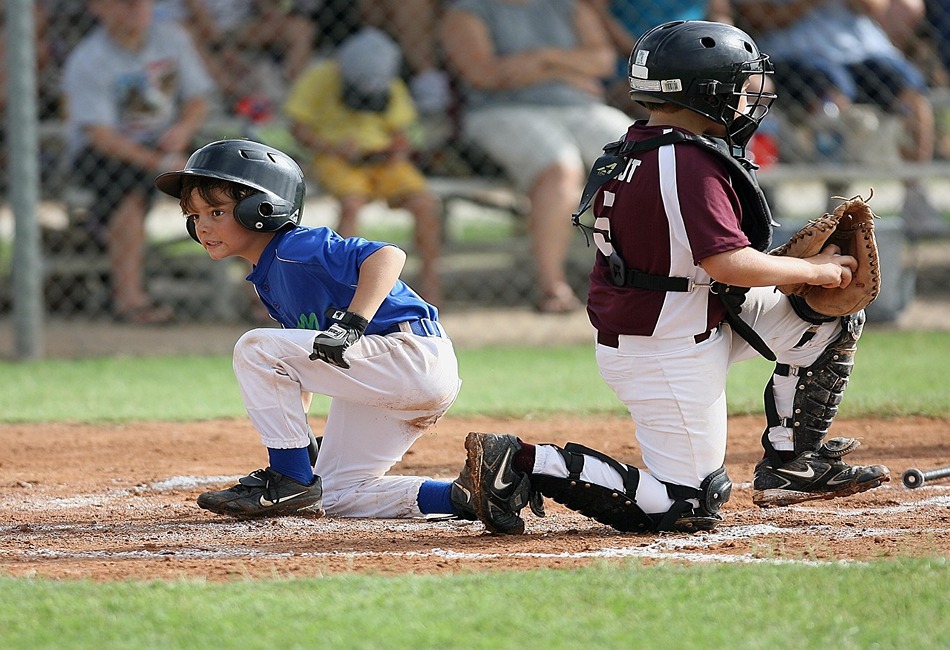
Same Playing Field, Different Playbooks
Before we dive into solutions, let’s acknowledge the main challenge: DMOs and Parks & Rec Departments don’t always see eye to eye. While they’re both invested in their communities, they have different priorities:
- DMOs are in the business of attracting tourists, filling hotel rooms, and driving economic impact through visitor spending. They want big events that bring in players and spectators.
- Parks & Rec Departments prioritize the local community—ensuring that residents have access to quality sports facilities, programming and recreational opportunities.
At times, these differing objectives can cause friction. Parks & Rec leaders may resist reserving fields for visiting teams when local leagues need them. DMOs may push for large-scale tournaments that strain Parks & Rec resources and budgets. But with clear communication and shared strategies, they can find a balance that benefits both.
Subscribe to SPG’s InSite E-newsletter for more articles like this

Winning Strategies: How DMOs and Parks Departments Can Work Together
To align their missions, DMOs and Parks & Rec Departments should consider the following playbook:
- Host Regular Huddles
Just like a sports team needs good communication, these organizations must establish ongoing discussions. Hosting regular joint meetings ensures both sides stay in sync on facility usage, funding opportunities, and upcoming events. - Develop a Shared-Use Strategy
Scheduling conflicts are one of the biggest obstacles in sports tourism. A clear, well-structured shared-use strategy helps balance local recreational needs with opportunities to host regional and national tournaments. Creating a master calendar and flexible scheduling policies can maximize facility use for both residents and visitors. - Team Up on Funding and Sponsorships
Improving sports venues and event capabilities requires money—and lots of it. By working together, DMOs and Parks & Rec Departments can apply for joint grants, pursue sponsorships, and explore creative funding options like public-private partnerships and tourism taxes to enhance their facilities. - Launch Joint Marketing Initiatives
DMOs are marketing powerhouses, while Parks & Rec Departments have deep local connections. By combining forces, they can create targeted campaigns that promote their destination as a premier sports hub—highlighting top-tier facilities, successful past events, and community engagement.
More best practices in sports event planning
Game-Changers: Success Stories in Sports Tourism
Several communities have already cracked the code on DMO and Parks & Rec collaboration. Here’s how they did it:
- Prince William County, Virginia
By merging its tourism and parks departments, Prince William County streamlined event planning, increased tournament bookings, and boosted sports-related tourism revenue—all while continuing to serve local residents. - Boston Harbor Islands Partnership
This innovative initiative brought together federal, state, and local organizations to manage outdoor recreation facilities, ensuring top-tier visitor experiences while preserving resources for residents and sports events alike. - Colorado’s Integrated Sports Tourism Model
Colorado has mastered the art of aligning sports tourism with economic development, linking recreation, sustainability, and tourism to create a thriving industry that serves both locals and traveling athletes.
Funding the Future: Investing in Sports Facilities
To stay competitive in the sports tourism market, communities need to invest in their venues. Creative financing options include:
- Public-Private Partnerships: Engaging corporate sponsors to enhance local sports complexes.
- State and Federal Grants: Leveraging available funds dedicated to recreation and sports.
- Tourism Taxes: Allocating visitor-generated revenue to improve sports facilities.
Tech in the Game: How Technology is Changing Sports Tourism
Innovation is transforming sports event planning and marketing. DMOs and Parks & Rec Departments can leverage technology to:
- Use data analytics to track visitor trends and optimize event planning.
- Implement online booking systems for efficient facility management.
- Offer virtual facility tours to attract tournament planners and investors.
Rallying the Community: Engaging Locals in Sports Tourism
For sports tourism to be sustainable, local communities must be involved. Strategies include:
- Volunteer Programs: Encouraging residents to take part in event operations.
- Youth Sports Development: Partnering on initiatives that cultivate local talent and raise awareness of sports tourism.
- Local Business Collaborations: Engaging restaurants, hotels, and shops to provide seamless visitor experiences for out of town athletes.
Final Whistle: A Stronger, More United Sports Destination
By working together, DMOs and Parks & Rec Departments can turn their communities into sports tourism powerhouses while maintaining the recreational opportunities that residents cherish. It’s not about choosing between tourists and locals—it’s about creating a strategy that benefits both.
When these two entities align, they don’t just win games—they win for their entire community.


